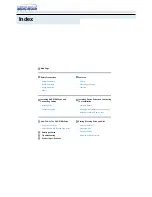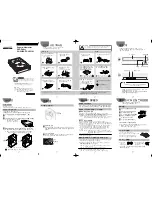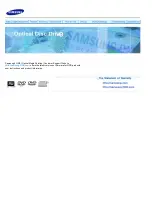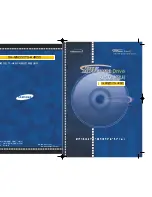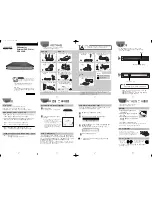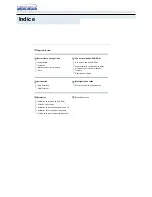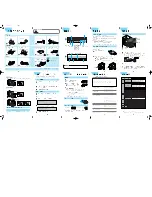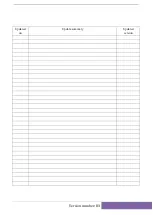
WARNING 1, 10 Volts low
The control card voltage is below 10 V from terminal 50.
Remove some of the load from terminal 50, as the 10 V
supply is overloaded. Max. 15 mA or minimum 590
Ω
.
This condition can be caused by a short in a connected
potentiometer or improper wiring of the potentiometer.
Troubleshooting
Remove the wiring from terminal 50. If the warning clears,
the problem is with the customer wiring. If the warning
does not clear, replace the control card.
WARNING/ALARM 2, Live zero error
This warning or alarm only appears if programmed by the
user in
AN-01 Live Zero Timeout Function
. The signal on one
of the analog inputs is less than 50% of the minimum
value programmed for that input. Broken wiring or faulty
device sending the signal can cause this condition.
Troubleshooting
Check connections on all the analog input
terminals. Control card terminals 53 and 54 for
signals, terminal 55 common. OPCGPIO terminals
11 and 12 for signals, terminal 10 common.
OPCAIO terminals 1, 3, 5 for signals, terminals 2,
4, 6 common).
Check that the frequency converter programming
and switch settings match the analog signal type.
Perform Input Terminal Signal Test.
WARNING/ALARM 3, No motor
No motor has been connected to the output of the
frequency converter.
WARNING/ALARM 4, Mains phase loss
A phase is missing on the supply side, or the mains
voltage imbalance is too high. This message also appears
for a fault in the input rectifier on the frequency converter.
Options are programmed at
SP-12 Function at Line
Imbalance
.
Troubleshooting
Check the supply voltage and supply currents to the
frequency converter.
WARNING 5, DC link voltage high
The intermediate circuit voltage (DC) is higher than the
high voltage warning limit. The limit is dependent on the
frequency converter voltage rating. The unit is still active.
WARNING 6, DC link voltage low
The intermediate circuit voltage (DC) is lower than the low
voltage warning limit. The limit is dependent on the
frequency converter voltage rating. The unit is still active.
WARNING/ALARM 7, DC overvoltage
If the intermediate circuit voltage exceeds the limit, the
frequency converter trips after a time.
Troubleshooting
Connect a brake resistor
Extend the ramp time
Change the ramp type
Activate the functions in
B-10 Brake Function
Increase
SP-26 Trip Delay at Drive Fault
If the alarm/warning occurs during a power sag
the solution is to use kinetic back-up (
WARNING/ALARM 8, DC under voltage
If the intermediate circuit voltage (DC link) drops below
the under voltage limit, the frequency converter checks if a
24 V DC backup supply is connected. If no 24 V DC backup
supply is connected, the frequency converter trips after a
fixed time delay. The time delay varies with unit size.
Troubleshooting
Check that the supply voltage matches the
frequency converter voltage.
Perform input voltage test.
Perform soft charge circuit test.
WARNING/ALARM 9, Inverter overload
The frequency converter is about to cut out because of an
overload (too high current for too long). The counter for
electronic, thermal inverter protection issues a warning at
98% and trips at 100%, while giving an alarm. The
frequency converter
cannot
be reset until the counter is
below 90%.
The fault is that the frequency converter has run with
more than 100% overload for too long.
Troubleshooting
Compare the output current shown on the
keypad with the frequency converter rated
current.
Compare the output current shown on the
keypad with measured motor current.
Display the Thermal Drive Load on the keypad
and monitor the value. When running above the
frequency converter continuous current rating,
the counter increases. When running below the
frequency converter continuous current rating,
the counter decreases.
WARNING/ALARM 10, Motor overload temperature
According to the electronic thermal protection, the motor
is too hot. Select whether the frequency converter issues a
warning or an alarm when the counter reaches 100% in
F-10 Electronic Overload
. The fault occurs when the motor
runs with more than 100% overload for too long.
Troubleshooting
Check for motor overheating.
Check if the motor is mechanically overloaded
Troubleshooting
AF-650 GP Programming Guide
166
DET-618C
5
5
























